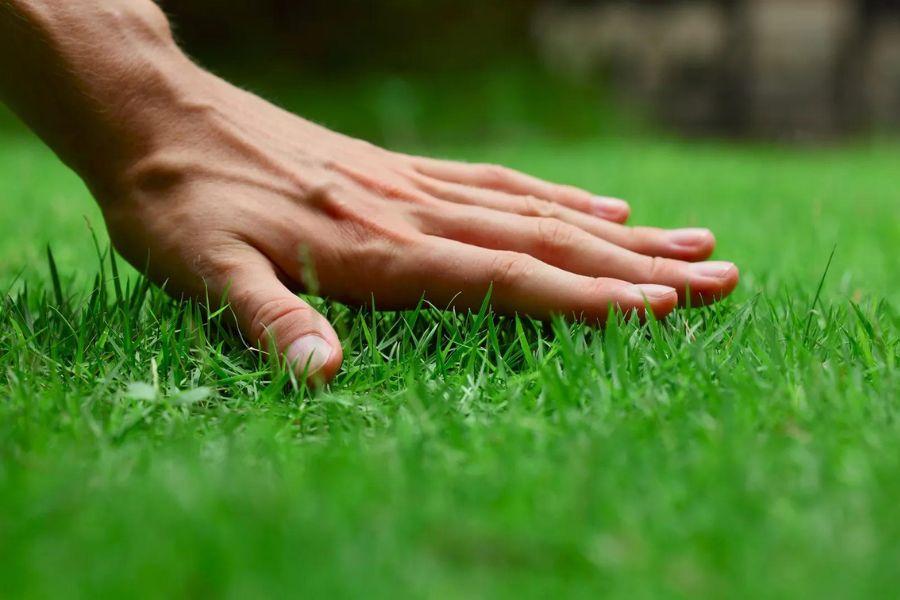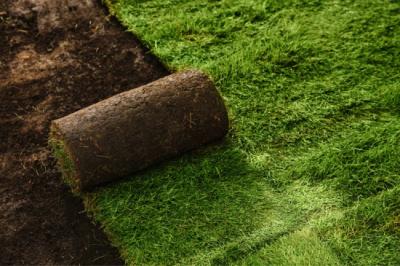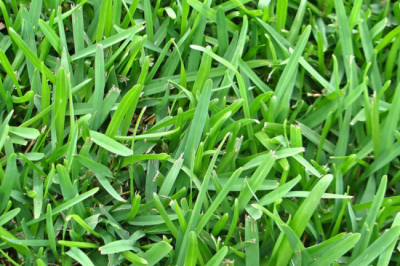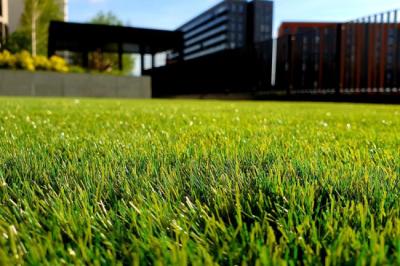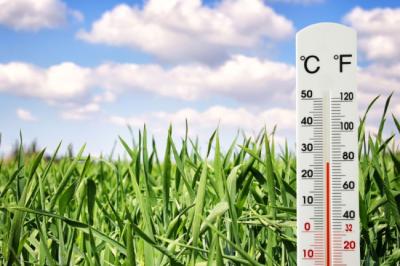Preparing your Zoysia grass for the harsh conditions is crucial as temperatures drop and winter arrives. Winterizing your garden is critical to ensure it remains wholesome and vibrant when spring comes. This article will guide you through the issues the Zoysia grass faces and successful wintry weather lawn care to winterize the lawn.
Issues with Zoysia Grass During the Winter
The Soil is Always Wet
This grass can also face demanding situations at some stage in wintry weather if the soil stays consistently wet. Excessive moisture can result in root suffocation and growth and the threat of sicknesses like snow mold. Proper drainage measures and avoiding over-irrigation become essential.
Fallen Debris and Leaves
The accumulation of fallen debris and leaves on the grass for winter can prevent sunlight publicity and air movement. This creates an excellent environment for the development of diseases and might contribute to the browning or thinning of the grass. Caring for sod grass is essential.
Extremely Cold Weather
As a heat-season turf, Zoysia sod grass is prone to damage in freezing weather. Frost and chilling temperatures can cause the grass to go dormant, resulting in a brown appearance. Protective measures, which include right winterization and mulching, can help decrease the effect of cold pressure.
Pests and Animal Infestation
Winter can drive pests, and animals search for shelter in Zoysia lawns. Burrowing rodents, in particular, can damage the grassroots and create ugly patches. Licensed sod growers will explain the reasons why small animals and pests love the grass.
Sod Grass Becomes Dehydrated
While this kind of grass is drought-tolerant, dehydration can occur throughout wintry weather, specifically if precipitation is lost. Winter winds and sunlight can contribute to moisture loss. Adequate watering before the onset of the winter season and preserving the proper irrigation practices assist in preventing dehydration-associated issues.
Winterization to Ensure a Healthy Lawn by Atlanta Sod Farms
Utilizing the Right Mowing Technique
The accurate mowing method is crucial for winterizing your garden. Gradually reduce the mowing top in the weeks leading up to iciness to save you surprise to the grass. Professional installers at Atlanta Sod Farms trim the grass to an excellent peak, permitting it to resist cold temperatures and decrease sickness risk.
Removing the Thatch Appropriately
Thatch, a useless grass and roots layer, can acquire at the soil floor, hindering water and nutrient absorption. Dethatching your garden before wintry weather facilitates removing this barrier, creating better air movement.
Focusing on Aerification
Aerating the lawn entails creating small holes inside the soil to relieve compaction, permitting nutrients and water to penetrate. This process enhances root growth and prepares the grass for wintry weather dormancy, as suggested by a licensed sod grower.
Controlling Weed and Insect Growth
Weeds and bugs can wreak havoc on your lawn, especially when the grass is vulnerable at some stage in iciness. Applying pre-winter herbicides and insecticides increases control of weeds and bugs, preventing them from gaining the dormant grass.
Watch Out for the Correct Fertilizer Application
Choose a formula with a higher potassium content, strengthening the grass's roots and enhancing its capability to withstand cold stress. Slow-release fertilizers provide constant nutrient delivery, assisting overall lawn health at some stage in the icy months. Always apply the fertilizer at the recommended time by the Atlanta sod Farms’ experts.
Install the Right Irrigation System
Proper irrigation is vital for winterizing your garden. Ensure the lawn is adequately hydrated before the season starts, promoting sturdy root improvement. Once wintry weather arrives, reduce irrigation to save sod from freezing.
Winterizing Zoysia grass sod is essential in lawn care, as it impacts the health and appearance of the sod for varying seasons while still developing. Tips for Planting Zoysia Grass: Your lawn will remain healthy, vibrant, and alive throughout the spring if you follow those instructions: mow, fertilize, water, hydrate, aerate, and mulch.
Frequently Asked Questions
How soon should Zoysia grass be winterized?
The process of winterization usually begins during late fall before the first frost. This allows the Zoysia grass to absorb essential nutrients and strengthen its roots before going into dormancy.
Can I use any fertilizer for winterizing Zoysia grass?
Choose a fertilizer formulated explicitly for cool-season grasses with a better potassium content. This fertilizer promotes cold tolerance and ailment resistance, which are essential for the grass throughout iciness.
Is it essential to aerate Zoysia grass early?
Aerating the garden before wintry weather is helpful as it helps lessen soil compaction, permitting nutrients and water to attain the roots. This promotes a healthier root system and prepares the grass for dormancy.


